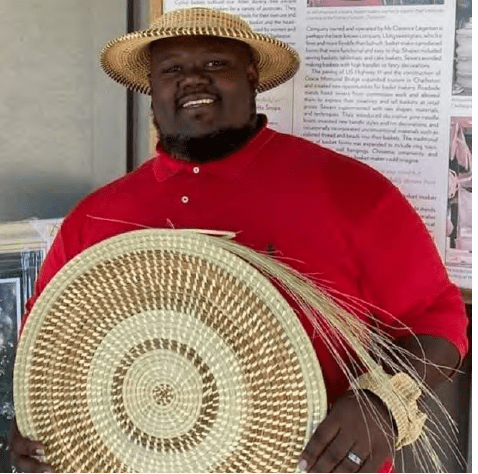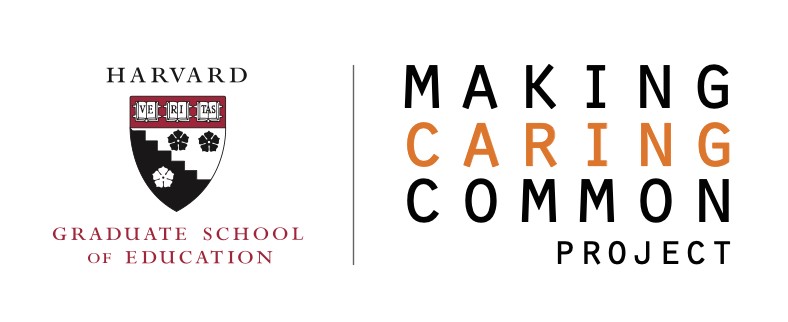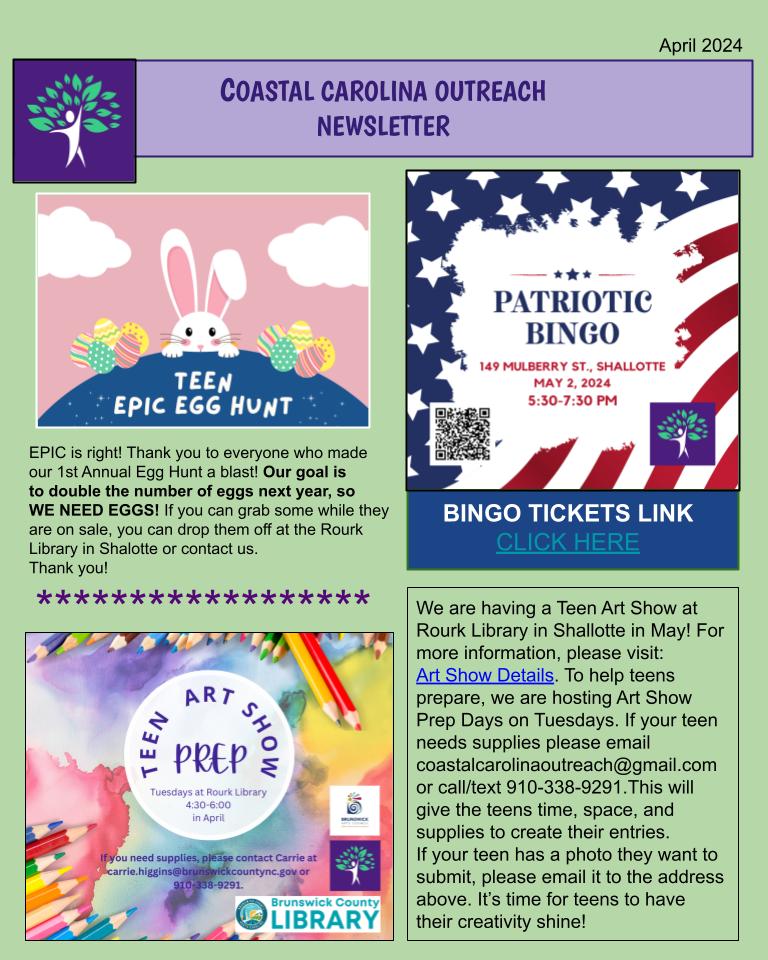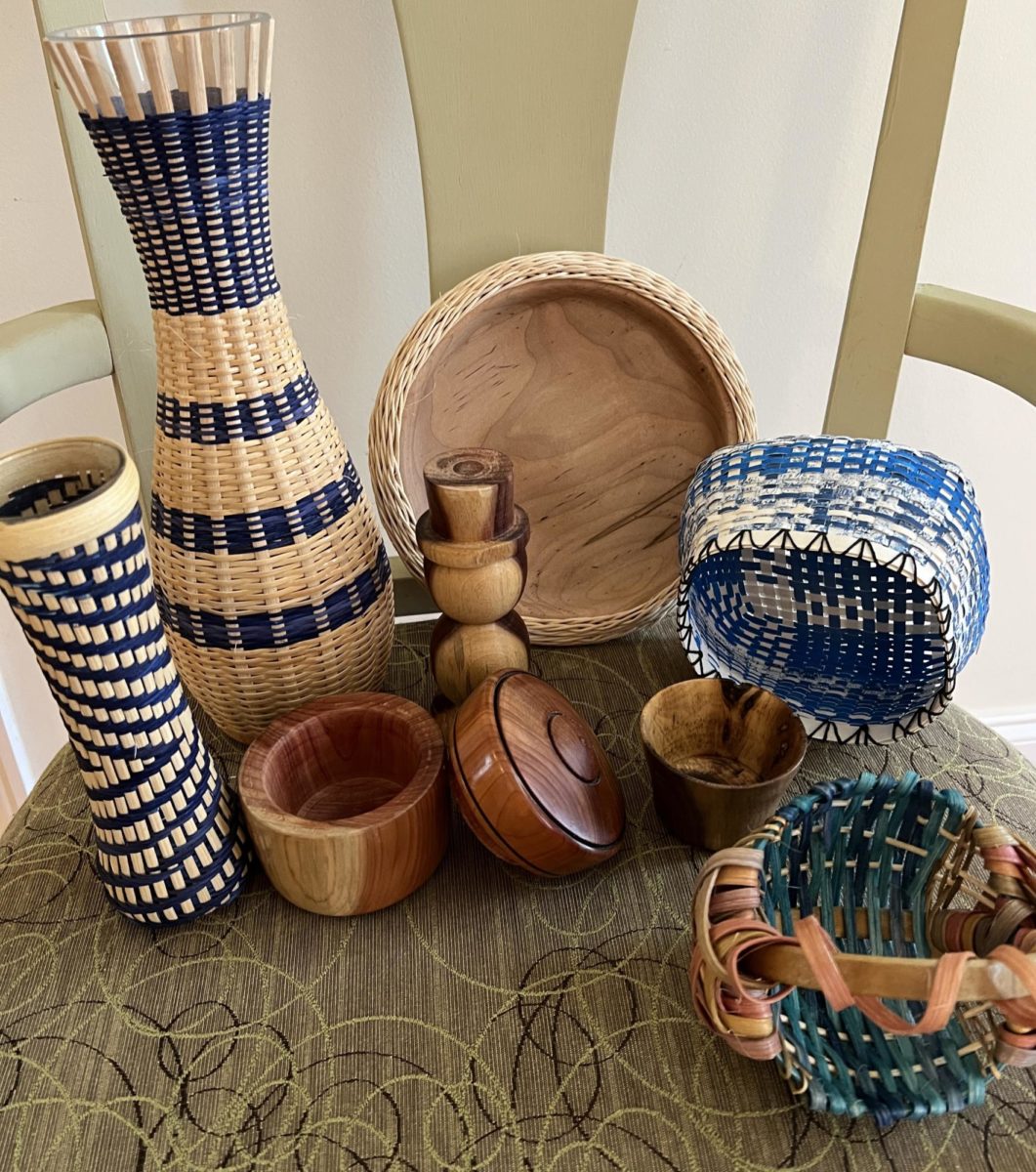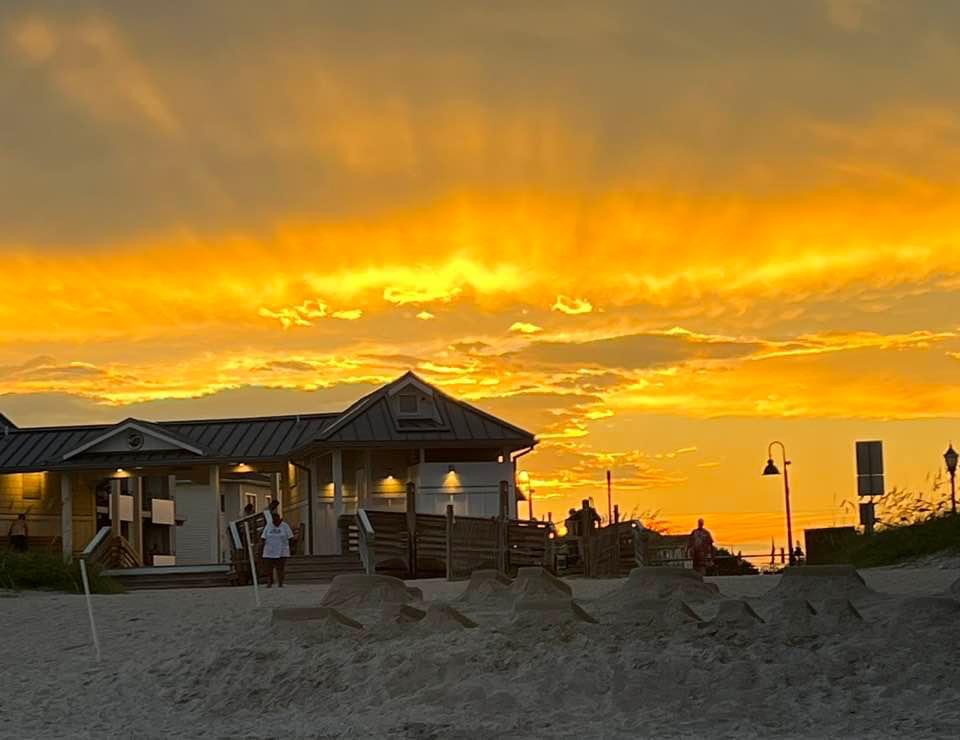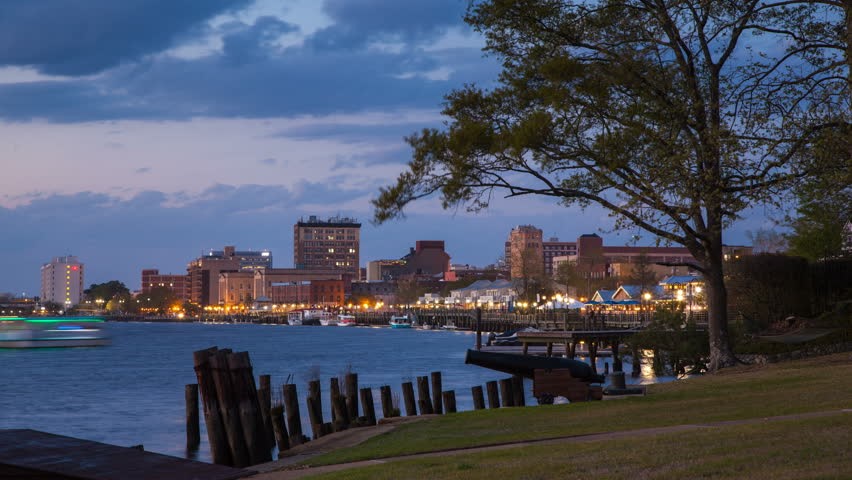Among the affluent lifestyle, cuisine, and beliefs that thrive within the Gullah/Geechee culture, many art forms have been passed along for generations. Whether it be net making for fishing, wood carving for canes and furniture, basket weaving, quilting for preserving historical stories, performing arts for vocal expression, and many more. These were important requirements used during the enslavement of many Africans in the transatlantic slave trade.
Many of these artistic elements were influenced by their ancestors in Western Africa and made to be traditions that would impact the descendants. Even if you don’t necessarily live the Gullah/Geechee lifestyle, you can still be a part of the special bloodline that has been kept alive. Specifically, within the Gullah Geechee Cultural Heritage Corridor, running from North Carolina to Florida, an estimated 500-mile stretch of land.
Strip quilting became an art that had more of a cultural backstory for many Gullah/Geechee people, mainly with the women. They would create the quilts on plantations that were to be distributed by slave owners. Usually, the quilts were vibrant and colorful, reconnecting with their West African core traditions. Mosaic designs made from cloth began to create a popular item called ‘story quilts.’ These were connected textile pieces representing the influence the Gullah/Geechee people had on cultures worldwide. Many education presenters, collectors, and museums find interest in using these quilts as a teaching tool. Today, there are still quilting groups across the coast dedicated to keeping this heritage moving forward in inspiring those who are willing to learn.
Music and performing arts played a specific role in the Gullah lifestyle, a way of expressing their celebration, pain, and perseverance during uncertain times. The Gullah/Geechee people created many rhythms, dances, poetry, singing, and interactive performing. It started forming in their praise houses by incorporating their language to formulate beautiful artistic expression. It would take their thoughts off their hardships during and after the slave trade. In a way, these musical endeavors gave the Gullah/Geechee people hope, for a better way of living, not just for themselves but for their friends and family. Their lively, soulful musicality paved the way for many music genres in today’s world (Rock n Roll, Blues, Pop) and isn’t as represented in the media as it could be. The Charleston-based quintet, Ranky Tanky, is one of the many groups working to produce timeless music born from the rich Gullah/Geechee culture along the Sea Islands. More people are starting to recognize its importance to the entertainment industry and give Gullah/Geechee artists and writers a space to create something sentimental to their hearts.
Even with those significant art forms, basket weaving can be seen as one of the most well-known art traditions within the Gullah/Geechee culture. It is also considered one of the oldest African craft forms in America, dating back to the 17th century. When the Gullah/Geechee people had years of cultivating a new way of living along the coast, these baskets became household implements or practical use tools rather than a requirement for survival. Events like the annual Sweetgrass Cultural Arts Festival have made in their mission to “promote Gullah culture, heritage, and traditions by celebrating the creativity of Sweetgrass basket makers and other Gullah artists. Also, by showcasing performances of Gullah/Geechee skits, gospel music, folklore, and dance, along with Sweetgrass basket-making demonstrations and videos on the history of this cherished Low country art.” Sweetgrass basket sales started to increase around 1931 when Highway 17 was paved. (Mainly near Mount Pleasant, South Carolina) It is now a hot spot for intricate Gullah/Geechee art and even considered the ‘Sweetgrass Basket Makers Highway.’ Places like the Charleston City Market, vendor stations, or locally-owned stores will display the history that the Gullah/Geechee people turned into pure art.
Rice cultivation was a significant industry during the slave trade, leading to coiled baskets being the primary transportation carriers. These baskets could store crops like vegetables, grains, and fruits. Early baskets were made out of Bulrush material and a mix of Sweetgrass, Split oak, Palmetto leaves, and Pine needles. After enslaved Africans began adjusting to living in the Coastal Carolinas, they learned how the climate was slightly damper, creating better moisture for crops. And instead, Sweetgrass became the main ingredient that was needed to make these detailed pieces. Thinner strands of Sweetgrass grew near-native saltwater while thicker strands grew right in the marsh. You could also find it alongside roadside ditches and fields. Although it can be a hassle to collect for use, it was a softer, sturdier product that made the woven creations a more functional tool.
I spoke with Corey Alston, a fifth-generation Sweetgrass basket weaving artist from Mount Pleasant, South Carolina. For over 20 years, he has been working to bring awareness to his art form and become a historian that passes the Gullah/Geechee story and moral understanding to others. Growing up in Mount Pleasant, he had been introduced to these creative traditions from the people he grew up with; this eventually led him to pick up a collective art for himself. As a younger basket weaver, he hopes to encourage his demographic to get more involved with their customs. His Sweetgrass baskets come in many different varieties, styles, and patterns. “Fanning baskets would be our most traditional and popular based off history.” He stated. Fanning baskets are coiled, large, shallow items that were used for rice separation. However, designs like bread, harvest, storage, and sewing baskets can be available to purchase.
Depending on the artist, it can take anywhere from 3-4 days to finish a single basket. That doesn’t count collecting the materials, cleaning, drying, and preparing to create the structure, which can take up to a month. Once the grass is harvested and cut, then laid to dry for a couple of weeks, is when basket weavers can start incorporating it into their art pieces. Recently, economic development has increased, taking land, agricultural resources, and people away. The Sweetgrass that once grew in the marsh is starting to diminish, making it harder to conduct the harvesting process. “Due to beach and property remodeling, it becomes more difficult to access Sweetgrass,” Alston stated. “Usually, you have to go find a place, get permission from the land to harvest, then you pretty much keep it as a secret because it is very hard to access the correct materials.”
Alston wants to make it a statement throughout his career to bring the basket weaving culture together rather than divide it. “There are enough issues that cut in between based off-price point, personal beliefs, or thought processes. We have a tight community that should be preserved.” Alston mentioned how he feels the basket weaving artists he’s worked with in Charleston have somewhat created a family, allowing him to hand this tradition down with care and compassion. “The weavers are connected in a way that has not been spoken.” He stated. “We don’t have to say we are spoken family; the things we do are in a collective manner.”
All of these customs are so personalized and take patience, skill, but most of all, passion. Artists all across the South, just like Corey, can use their natural gifts and abilities to keep the fundamentals of their Gullah/Geechee values alive. This leaves them the opportunity to teach, educate, and preserve for the upcoming generations. Their stories gain more traction from people outside of the Gullah/Geechee culture to become in tune with the heritage, values, and a glimpse of what the ancestors accomplished. “In order to educate generations, you need to provide them with new thoughts, new ideas to help polish these ideas,” Alston stated. These Gullah/Geechee artists have been considered the vessel that will bridge the gap to keep the culture in tack all across America. With their contributions from the past and the present, that aspect of their heritage can and will be saved.
For more information about Corey Alston’s Gullah Sweetgrass Baskets
https://www.facebook.com/Sweetgrassbasket/


